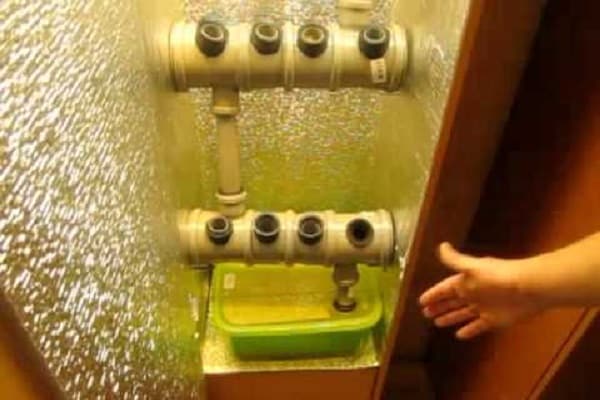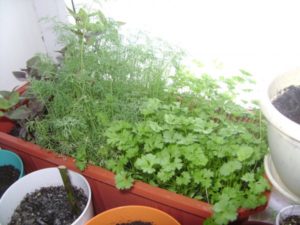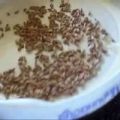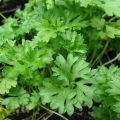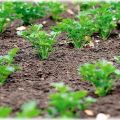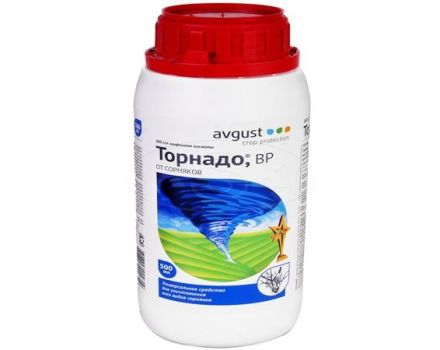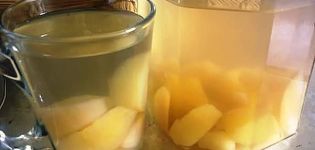How to grow parsley hydroponically and how much it grows
With the advent of hydroponics, it became possible to grow greens without the use of soil. The method was invented over a century ago, but only recently has it been appreciated. Its peculiarity lies in the cultivation of crops using water and fertilizers. Therefore, plants grown in this way have a powerful root system. Let's take a look at how to grow parsley properly hydroponically.
Features of hydroponics
Hydroponics allows grow parsley at home on the windowsill... Since the soil is not involved in this, there will be no dirt in the house. Plant roots are found in organic or artificial substrates. The container with the substrate is immersed in a special solution, from where the greens get their nutrients. To grow parsley in this way, you need 2 elements:
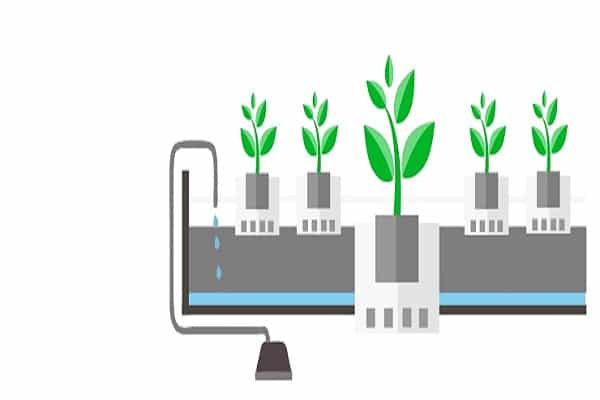
- Hydroponic plant. Includes containers where herbs are planted and a system for supplying nutrients. You can buy ready-made equipment, or you can assemble it yourself.
- Substrate and solution. The substrate is placed in greenery containers, it is needed to feed the root system. The solution is a ready-made liquid containing the necessary trace elements for the growth of greenery.
For growing parsley you should not only acquire a hydroponic plant, but also provide conditions for the growth of greenery: optimal temperature and sufficient lighting.
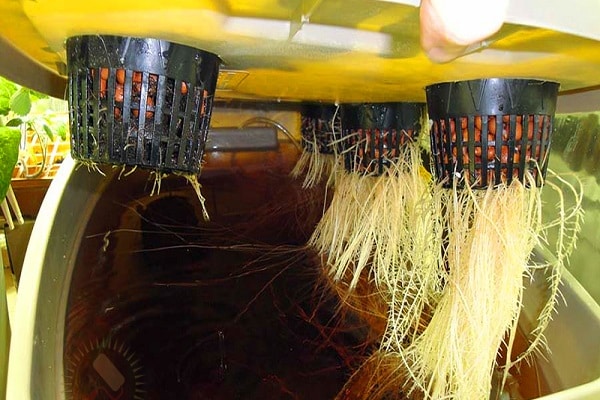
Seed preparation
Before planting parsley, pre-sowing preparation should be done. Since the seeds of a crop germinate over a long period, gardeners have resorted to methods of accelerating growth. For this, bubbling is used - oxygen treatment of seeds. To do this, they are placed in prepared water and stirred periodically.
It is important that oxygen is evenly distributed throughout the entire thickness of the seed.
Before sowing parsley seeds dried in the open air. The main thing is that the sun's rays do not fall on them.

Solution preparation
When the installation is ready, the plant container is filled with the substrate. It is a sterile substance that does not contain any components. The substrate should not be influenced by moisture and other substances. It serves as a support for the root system of greenery.
You can make your own hydroponic solution. In this case, it is important that the water that will be used for its preparation does not contain any foreign substances. To prepare solutions, water-soluble fertilizers are used, which contain the necessary trace elements for the development of greenery. The concentration of salts in them should not exceed 3 g per 1 liter of water, otherwise the plants will die as a result of dehydration.As a rule, gardeners buy a ready-made solution in specialized stores.
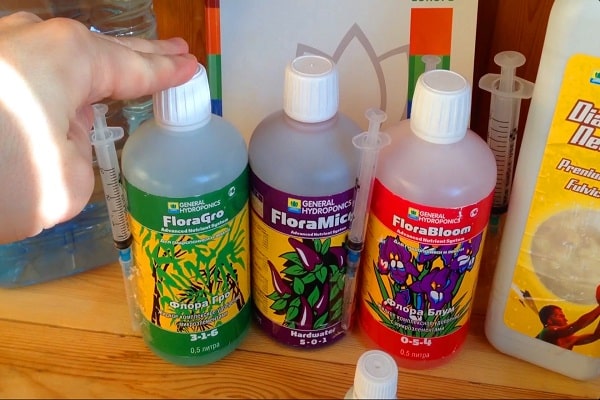
Planting greenery
Parsley seeds are sown in a prepared substrate at the rate of 1 g per 1 sq. m. After planting, the site is watered abundantly to provide the required amount of moisture for germination. In the water used for irrigation, it is recommended to dissolve special fertilizers of the BioSevia series, or agents similar in composition. After watering, containers with planted seeds are covered with foil, this will create a greenhouse effect. In the cyclical cultivation of parsley, the next sowing is done after 2 weeks.
If parsley is grown in a greenhouse, drip irrigation is used after a friendly sprout emergence. That is, they provide water supply to each individual plant. The drip irrigation system delivers water to the root system through drippers and pipelines. This method of irrigation is quite beneficial for gardeners, since it reduces the cost of stimulants and fertilizers, and also reduces labor costs.
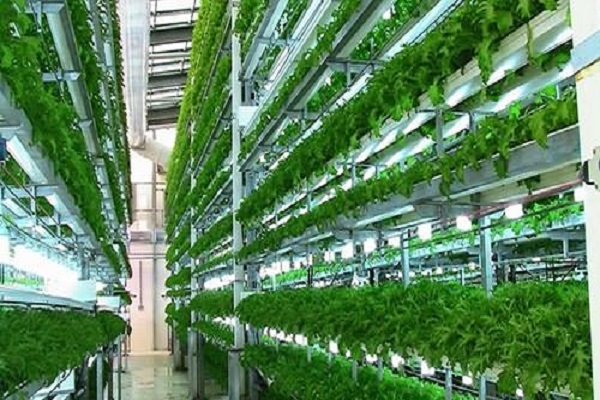
Note! During the growth of parsley, neither drying out nor excessive moisture should be allowed. Irrigation is carried out every week. Otherwise, the leaves and roots of plants will not be able to absorb the required amount of nutrients, which will lead to various diseases.
Humidity and temperature modes
Optimal humidity mode:
- 90-100% - in the first days of sowing;
- 60-80% - 2 weeks after disembarkation.
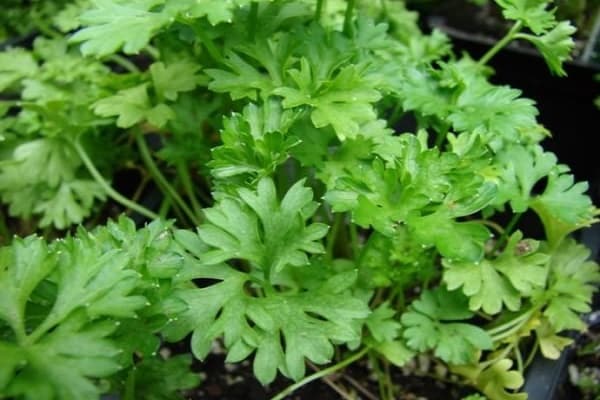
The film will help to maintain high humidity in the early days.
The optimum temperature for growing parsley should not be less than 14 degrees, the substrate temperature should not be lower than 3 degrees.
Deviations in temperature and humidity from the corresponding standards impede the normal growth of plants and increase the risk of developing diseases.
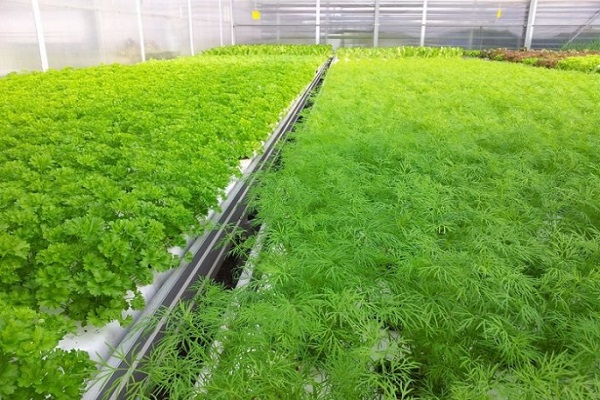
Pests and diseases
Most often, parsley is exposed to powdery mildew. The main signs of this disease are the formation of white bloom on the leaves and slowing down the growth of greenery. Such bushes should be immediately uprooted and thrown away from the plants. After 2 leaves appear on the plants, they can be treated with fungicides.
Aphids cause great harm to the crop, regardless of the stage of development of greenery. Pests feed on plant sap, as a result of which the leaves of the latter curl and dry out.
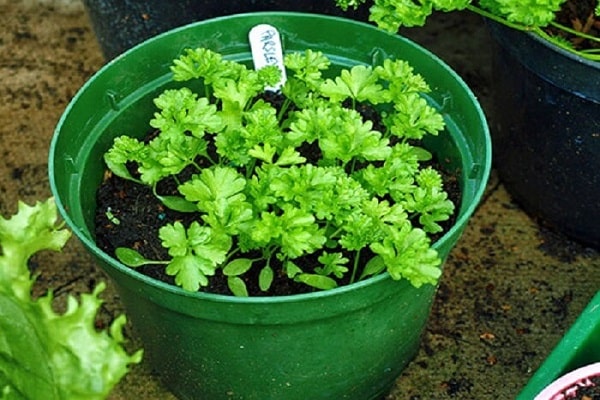
Harvesting
How much parsley is grown hydroponically? The greens are harvested after 5 weeks. The upper part of the leaves is simply cut off. The shoots remain for continued growth. If the seeds passed bubbling before planting, the collection time will significantly accelerate.
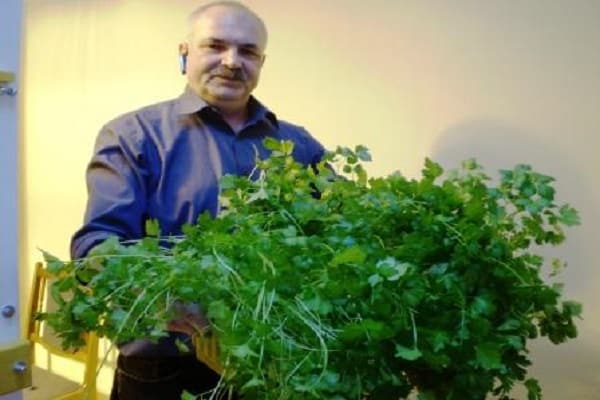
Equipment cleaning
After picking parsley, the equipment must be disinfected. After removing the solution, the system is thoroughly cleaned of plant residues. To wash the equipment, an irrigation system is used, while using hydrogen peroxide. During the cleaning process, the water changes at least 2 times. It is recommended to rinse the substrate (especially coconut) with boiling water, this will destroy all bacteria and fungi. Then it is air dried.
Thus, growing parsley hydroponically has several advantages. This method does not need soil, which allows you to grow greens on the windowsill in the apartment without unnecessary hassle.
